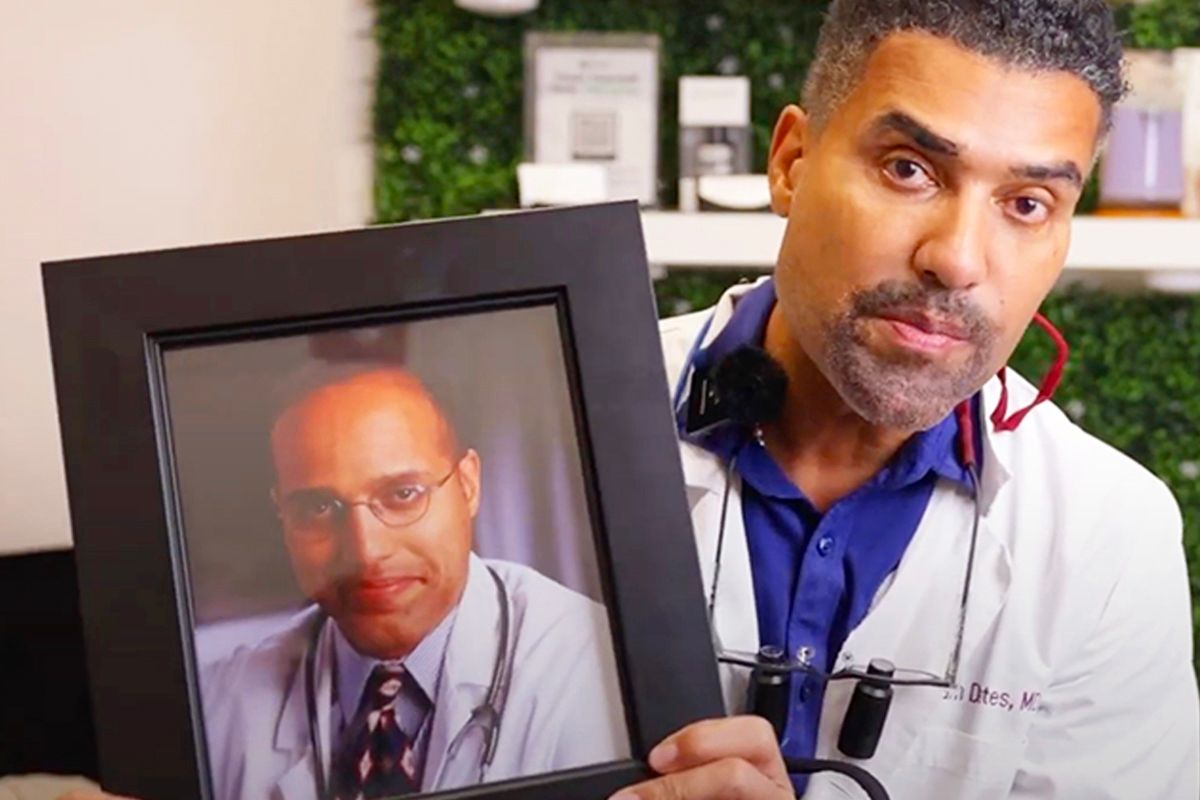



When you get a hair transplant, one of the most important things you should consider is the aftermath, such as scarring. Your surgeon will also let you know about this during your consultation.
While some people don’t mind, others prefer it less visible to ensure the outcome looks more natural. So, what should you do about them, and what procedures can you consider?
Here’s a look at how you can deal with scars after hair transplant procedures.
The nature of a hair transplant procedure, especially as a surgical method, makes scarring inevitable. But, the severity of these scars will vary based on the treatment you choose.
Usually, you will notice more visible scars with follicular unit transplantation or FUT since it’s more invasive and requires your surgeon to make several incisions. On the other hand, follicular unit extraction or FUE creates small round cuts that blend better with your scalp. Although it still leaves scars, most find them easier to hide.
Moreover, the way you style your hair can also determine how visible these scars will be. If you have your hair very short, these could peek through.
Most people recommend choosing a skilled or specialized clinic or surgeon to do the procedure for higher precision. This way, you can finish up with minimal or less visible scars.
Generally, you can’t remove transplant scars since it’s a result of the procedure. Instead, you can look into ways to conceal them until they fully heal and begin to fade.
Note that it’s crucial to follow the aftercare instructions provided by your surgeon to ensure a quick and smooth recovery. It can help speed up the healing of your scars, allowing you to determine which method works best to cover them up.
You also want to note that these scars are permanent, despite fading over time. Even so, there are a few ways you can cover them up to keep them from attracting too much attention as time passes.
There are several ways you can cover scars after hair transplant solutions. Keep in mind that these won’t always work the same way for you as it does for others. So, it’s best to get the opinion of an expert before you get started with another treatment.
The following are a few ways to consider:
Scalp micropigmentation is also known as scalp hair tattooing. In this procedure, a professional will inject pigment into your scalp to make it look like you have thicker hair.
It’s a method that some people prefer over invasive options, but you can use it to color scarred areas. With this, the scars will appear more like chunks of hair, allowing them to look more natural with the rest of your head.
It may take a few sessions to achieve the best results but this depends on how big the area you need to cover will be. Moreover, it’s crucial to pick a color that matches your current hair to keep it from standing out.
Remember that once your hair starts to lighten or go gray, the ink will likely follow. But usually, it doesn’t lighten as much as your natural hair, which is crucial to consider because the outcomes are permanent.
Tricopigmentation is similar to scalp micropigmentation or SMP but provides semi-permanent results. Based on how it’s applied, it can create the illusion that you’re growing hair in areas with scars.
The primary difference is that the ink is injected only into the top layer of the skin. So, it’s likely to fade faster over time or completely run out.
The lifespan of these results will vary from clinic to clinic. Most of the time, it lasts anywhere from six months to about three years. You may need to get follow-up treatments if you want to make it last longer.
Some also say the treatment feels physically uncomfortable compared to scalp micropigmentation.
Laser treatment is often used in conjunction with another procedure, whether invasive or non-invasive. However, it also works effectively on its own.
It targets and removes any damaged skin of the scar to help it fade faster. Moreover, it generally aims to stimulate collagen production in the skin. This way, it can rejuvenate its elasticity and appearance by allowing better skin to come through.
Compared to other methods, this requires
proper expertise and handling to ensure effective results and reduce the risk of complications.
How you style your hair is one of the simplest ways you can conceal your hair transplant scars. Usually, it has something to do with the length of your hair or how often you put it up.
Your surgeon will most likely include an aftercare clause to keep you from applying pressure to your hair for a while. So, you want to learn how to work with your limits.
Hiding your scars is much harder if you have short hair, so most people would recommend you leave it be or grow it out enough to cover the scars while they heal. Otherwise, you can look into ways to cover it, like with a cap or beanie, once you get past the first one to two weeks of recovery.
Scarring should be part of your expectations when you get a hair transplant, no matter what method you choose. But while it’s natural, it may make you feel more conscious about your scalp, especially when you have short hair or several surgical sites.
You can look into different ways to deal with scars after hair transplant surgeries even before you get the procedure done. You might still have to consult your doctor before getting the follow-up to ensure it won’t disrupt any progress you’ve made. This way, you can settle with a procedure you’re comfortable with and get results that look as natural as possible!



Ready to love your hair? Call 312.883.9617 for a FREE quote & consultation or fill out the form below
OUR LOCATION
213 N. Stetson Ave
Chicago, IL 60601
HOURS
Copyright ©2025 Dr. Yates Hair Science | All Rights Reserved
Powered by HEAVY LEVITY